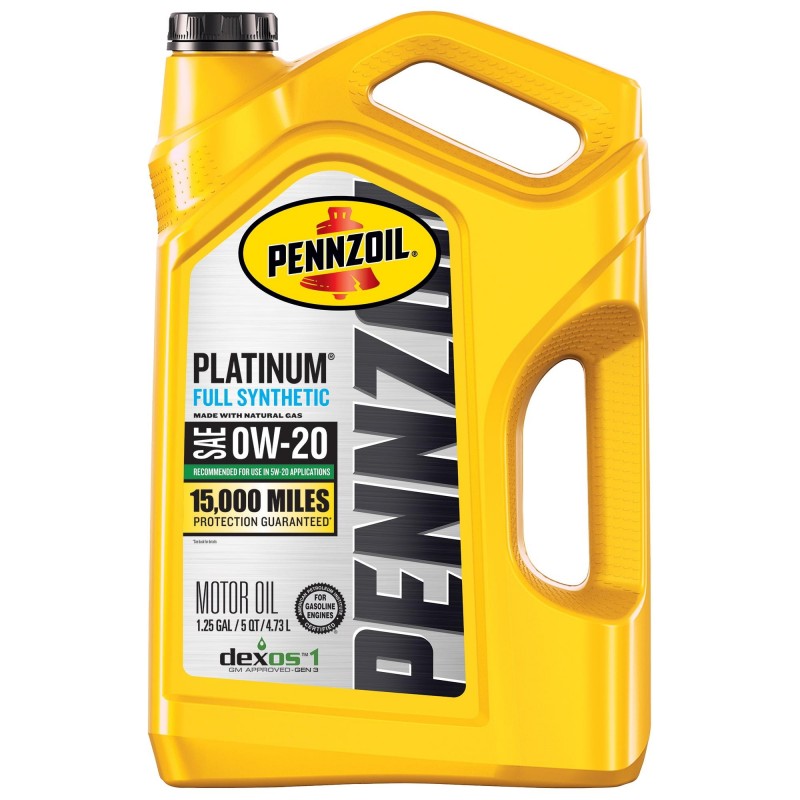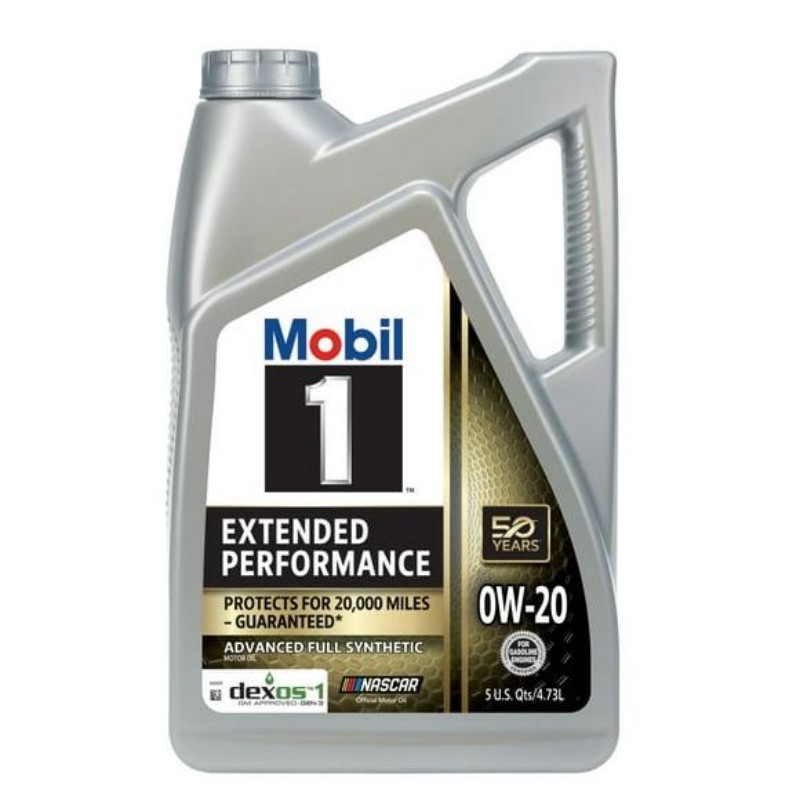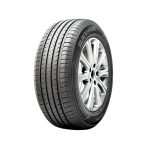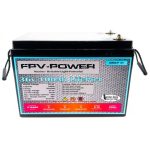Maintaining the health of your vehicle’s engine is crucial for optimal performance and longevity. One key component in ensuring your engine runs smoothly is the engine coolant. Engine coolant, commonly known as antifreeze, plays a vital role in regulating the engine’s temperature by dissipating excess heat. It also protects critical engine components from corrosion, thus ensuring that your vehicle operates efficiently. However, many vehicle owners remain uncertain about how often should I change engine coolant, which can lead to overheating and potential engine damage.
Regularly changing engine coolant is not simply a recommendation; it helps in maintaining the cooling system’s efficacy while preventing build-up and contamination over time. Different vehicles have various requirements when it comes to the frequency of coolant changes. In this comprehensive guide, we will explore the factors that determine how often coolant should be changed, the types of coolant available, symptoms indicating problems with your coolant, and step-by-step instructions for changing your engine coolant. Armed with all this information, you’ll be better prepared to keep your engine in peak condition.
Understanding the Role of Engine Coolant
Before discussing how often to change engine coolant, it is important to understand what the coolant does and why it is essential for your vehicle. Here are some key functions of engine coolant:
- Temperature Regulation: The primary role of engine coolant is to maintain the optimal operating temperature of the engine. It absorbs the heat generated during combustion and dissipates it through the radiator.
- Frost Protection: Coolant prevents the water inside the engine from freezing during colder temperatures. This is crucial for preventing engine damage in freezing conditions.
- Corrosion Prevention: Modern engine coolants contain additives that inhibit rust and corrosion within the cooling system. This additive action helps protect various metals found in the engine.
- Lubrication: Coolant also serves to lubricate the water pump and other components within the cooling system, allowing for smooth operation.
Recognizing these vital roles will underscore the importance of ensuring that engine coolant stays fresh and functional, reinforcing the need for routine changes.
Types of Engine Coolants
Understanding how often to change engine coolant also involves knowing the different types available on the market, as they can impact maintenance schedules and performance. Here are the most common types of engine coolants:
1. Ethylene Glycol
Ethylene glycol-based coolant is the most widely used type in personal vehicles due to its effective freezing and boiling point management. It comes in various colors, including green, orange, and pink. Ethylene glycol coolant typically lasts between two to three years, depending on manufacturer recommendations and usage patterns.
2. Propylene Glycol
This coolant is considered less toxic than ethylene glycol and is often used in vehicles that may be exposed to environments where leaks might pose a danger to pets or wildlife. While propylene glycol operates effectively as a coolant and is safe to handle, it generally has a shorter lifespan than ethylene glycol-based coolants.
3. Organic Acid Technology (OAT)
OAT coolants are designed to offer extended protection and can last up to five years or longer. These coolants do not contain traditional phosphates and silicates, making them environmentally friendly. They are often dyed orange or yellow and are most commonly used in newer vehicles.
4. Hybrid Organic Acid Technology (HOAT)
HOAT coolants contain a blend of organic and inorganic additives, combining benefits from both types. They are suitable for a variety of vehicles, providing excellent protection against corrosion and allowing for extended change intervals.
5. Water-Based Coolants
While not commonly used on their own in modern vehicles, water can be effective when mixed with antifreeze to form a coolant solution. However, using pure water as a coolant is generally not recommended due to its lack of corrosion inhibitors and freeze protection.
Understanding the different types of engine coolants can help you choose the appropriate one for your vehicle while also offering clues about how often to change engine coolant based on the type you are using.
Factors That Affect Coolant Change Intervals
Several factors will influence how often you should change engine coolant. Understanding these factors will help you tailor your maintenance schedule:
1. Vehicle Manufacturer Recommendations
The manufacturer’s guidelines play a crucial role in determining coolant change intervals. Most vehicle manuals provide recommended timelines for changes based on typical driving conditions. Following these guidelines is vital to maintaining warranty coverage and optimal vehicle performance.
2. Driving Conditions
How you drive your vehicle can significantly affect coolant life. For instance:
- Frequent Short Trips: Short trips, especially in cold weather, mean the engine doesn’t reach optimal temperatures, which can lead to moisture accumulation and reduced coolant effectiveness.
- Stop-and-Go Traffic: Constantly stopping and starting in heavy traffic can lead to increased engine stress and overheating, shortening the lifespan of your coolant.
- Towing or Heavy Loads: Vehicles that regularly tow or carry heavy loads may experience increased coolant temperatures, accelerating the degradation of the coolant.
Understanding how your driving habits impact coolant longevity will enable you to adjust your schedule for changing engine coolant accordingly.
3. Age of the Coolant
The age of the coolant is a primary factor in determining when to change it. Coolant can break down over time, and its effectiveness diminishes as additives become depleted. It’s essential to inspect coolant regularly for signs of contamination, color change, or sediment buildup.
4. Cooling System Maintenance
Regular maintenance of the cooling system can significantly affect how often you should change engine coolant. Routine checks for leaks, blockages, and the condition of hoses can prolong the life of your coolant and reduce the need for frequent changes.
5. Additional Contaminants
Outside contaminants can compromise coolant effectiveness. Dirt, rust, and chemicals can seep into the cooling system, necessitating more frequent changes. Regular inspection can help spot these types of contaminants early.
By recognizing the various factors affecting coolant change intervals, you can make informed decisions that contribute to the longevity of your engine.
Symptoms Indicating Your Coolant Needs Changing
Over time, coolant can degrade, losing its protective properties and effectiveness. Recognizing the symptoms that indicate coolant needs to be changed is essential. Here are common signs to watch for:
1. Warning Light on the Dashboard
Many modern vehicles feature a dashboard warning light that indicates overheating. If this comes on, check the coolant level. If low, it’s essential to change the coolant to prevent engine damage.
2. Coolant Color Change
Fresh coolant usually appears bright and clear. Over time, it may darken or appear cloudy, indicating contamination. If you notice discoloration, consider flushing and changing your coolant.
3. Sweet Odor
Coolant has a distinct sweet smell. If you detect a strong odor of coolant while driving or after parking, it’s a sign of leakage or a potential issue within the cooling system.
4. Overheating Engine
If your engine frequently runs hot, this might indicate a coolant issue. Efficient cooling is vital for engine performance, and if the coolant is degraded, it may not be able to perform this function effectively.
5. Puddles of Coolant
If you discover puddles of coolant underneath your vehicle, this may point to leaks in the system. Addressing leaks can prevent coolant loss, and replacing any lost coolant is crucial.
6. Increased Maintenance Bills
If you’re frequently visiting a mechanic for cooling system-related repairs, it may be time to assess and change your coolant proactively.
Recognizing these symptoms will help you decide when it is essential to change your engine coolant to maintain optimal performance.
How to Change Engine Coolant
Changing engine coolant is a straightforward task, but it requires some care and attention. Here is a step-by-step guide on how to change engine coolant effectively:
Step 1: Gather Your Materials
- New coolant specific to your vehicle.
- A funnel for pouring.
- A drain pan to catch old coolant.
- Safety goggles and gloves for protection.
Step 2: Prepare the Vehicle
Park your vehicle on a flat, stable surface and allow the engine to cool completely. Never attempt to change coolant when the engine is hot to avoid burns from steam or hot coolant.
Step 3: Locate the Coolant Reservoir and Drain Valve
Open the hood and locate the coolant reservoir and drain valve. The reservoir is typically clear plastic and is marked with ‘coolant’ or ‘antifreeze.’ The drain valve is usually on the radiator or the bottom of the engine block.
Step 4: Drain the Old Coolant
Place a drain pan beneath the drain valve. Open the valve slowly to drain the old coolant into the pan. Be cautious as the coolant may still be warm.
Step 5: Flush the Cooling System (Optional)
While not always necessary, flushing the system can help remove contaminants. To flush, fill the system with clean water, run the engine for a few minutes, and then drain the water. Repeat this process until the water runs clear.
Step 6: Add New Coolant
Once drained, close the drain valve and use a funnel to pour new coolant into the reservoir. Ensure you use a coolant mixture specified for your vehicle’s cooling system. Pay attention to mixing ratios if you are using concentrated coolant.
Step 7: Monitor Coolant Levels and Purge Air
After filling the reservoir, start the engine and check for leaks. Allow the engine to reach operational temperature to circulate the new coolant. This process can help expel any air trapped in the lines.
Step 8: Dispose of Old Coolant Properly
Never pour old coolant down the drain, as it is toxic to pets and wildlife. Contact your local waste management facility to find out how to dispose of old coolant safely.
By following this comprehensive step-by-step guide, you can change your engine coolant and ensure your vehicle remains in excellent working condition.
Conclusion
Understanding how often should I change engine coolant is crucial for any vehicle owner. Regularly changing coolant not only protects the engine from overheating but also enhances overall performance and longevity. Through this detailed guide, we’ve covered everything from the roles and types of coolant to symptoms indicating when a change is necessary and how to execute the process effectively.
In summary, taking the time to assess coolant conditions, understanding your vehicle’s specific requirements, and adhering to recommended maintenance practices will keep your cooling system functioning efficiently. Remember that the duration between coolant changes can vary based on driving conditions and other factors, but being proactive about maintenance will ensure a safe and enjoyable driving experience for years to come.

